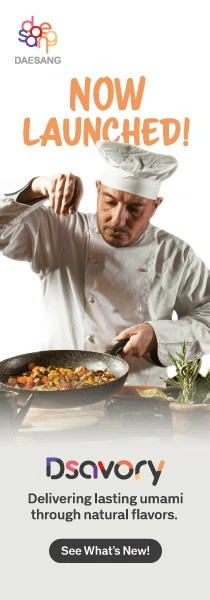
- Industry news
Industry news
- Category news
Category news
- Reports
- Key trends
- Multimedia
Multimedia
- Journal
- Events
- Suppliers
- Home
- Industry news
Industry news
- Category news
Category news
- Reports
- Key trends
- Multimedia
Multimedia
- Events
- Suppliers
Packaging with Soul

The key principle for designing the carton packaging was to preserve coherence with the brand image and to utilize the block effect at points of sale, especially at those chains at which the product could be purchased directly from carton packaging.
21/08/08 In the sea of new products and changes consumers seek brands that are stable, and honest, but at the same time constantly fresh, meeting their expectations and needs. Consumers want an ‘interactive’ brand that they can respect, a brand that can be genuine, innovative, joyful, ‘for me’

Can all those expectations be met at the same time, and if so, then how can this be achieved? It is possible, moreover, at this time, it is more than necessary, as this is what competitive advantage is built upon provided that we listen carefully and constantly focus our attention on consumers’ needs. Brands require a very carefully planned and long-term approach consistently implemented over time. What needs to be taken into account is that the packaging is the key tool of visual communication. It is the visible and tangible opportunity for establishing personal bonds and communicating what is good about the brand.
For a designer it is about the creative process aiming at developing packaging which is not only beautiful, but also addresses consumers’ needs and desires. One of the key elements of creating a salient brand is proper visualisation of the brand essence. It can evolve over years, but it needs to be coherent and persistently developed.
Karmi beer was launched in the nineteen nineties as Karmi-Okocim. It was a non-alcoholic, caramel-flavoured beverage – the only product on the beer market targeted at females. Right from the beginning it was sold in typical 0.5 l bottles. In 2001 the Karmi label became an individual brand supported with communication targeted at women, while a year later it started functioning in the marketplace on its own, with no support from the Okocim brand.
Back then the segment of flavoured beer products for women started growing very dynamically (Reds, Gingers), which is why Karmi was no longer the only flavoured beer for female targets, but at the same time it was the only beer brand characterised by a very contradictory image – meant for women, but in a packaging perceived as not feminine, or even typically masculine. Consumers, especially users of competitive brands evaluated the image of Karmi as relatively unattractive and unfeminine. The 0.5 l bottle, chiefly because of its size and shape was perceived as heavy, coarse and mannish.
In 2004 the Studio DN branding agency was requested to modify the image of Karmi to more feminine. The key objective was to revitalize and rejuvenate the brand image without losing its DNA. Studio DN was to develop a new Karmi image via modernising the brand, its graphic design, and - last but not least – introducing a new bottle, which was to create and stress feminine character of the brand. Simultaneously, consumers’ taste preferences were explored, so that the brand portfolio could be extended with new flavour variants. Initially Studio DN tested the colouring, lettering, product presentation modes, and graphic elements utilised. The designing strategy was analysed in the context of perceiving Karmi as a typically feminine brand.
The agency started from exploring the impression made by the key label elements combined with the new bottle shape which was to contribute to the unique character of the product. The graphic design was the major challenge in this project. Several winning ideas were optimised during the designing process and were tested in the form of mock-ups. After a laborious nine months of the designing process Studio DN came up with a feminine glass bottle perfectly fitted to a woman’s hand, with an embossing imitating a shawl wrapped around a woman’s silhouette. Transparent glass was chosen in order to make the colour of the bottle content more prominent. The packaging became slimmer and more delicate, encouraging direct consumption of the bottle content, which is typical of other feminine beer brands.
The entire design was complemented with a rejuvenated and modernised label with more distinctive branding. Another step was to develop a new flavour. The most preferred among the tested proposals was caramel with coffee. The creative work focused on inventing a name and graphic design which was to stress the taste value of the product and its individual character without disturbing the coherence of the entire line.
Unlike the classic variant, which preserved its yellow colour code with a maroon brand name, the Poema di Caffe variant was designed in brown and beige tones with a tinge of sliver, which added elegance to labels. The colour of both the classic caramel beer and the new coffee variant showing trough the transparent bottle reinforces the unique character of the product. The entire product became typically feminine, while the brand image was noticeably rejuvenated.
Other elements designed included: multipacks, foil-packs, POS materials. The key principle for designing the carton packaging was to preserve coherence with the brand image and to utilize the block effect at points of sale, especially at those chains at which the product could be purchased directly from carton packaging.
Twelve months after Karmi was re-launched in new packs its sales increased by 40% vs. an analogue period in 2004 and 2005. Undoubtedly in this case proper visualisation of the brand essence supported with individual graphic design had a considerable impact on the eventual perception of the brand. At this time Karmi includes an entire family of products, with Karmi raspberry flavour being launched in 2007.










